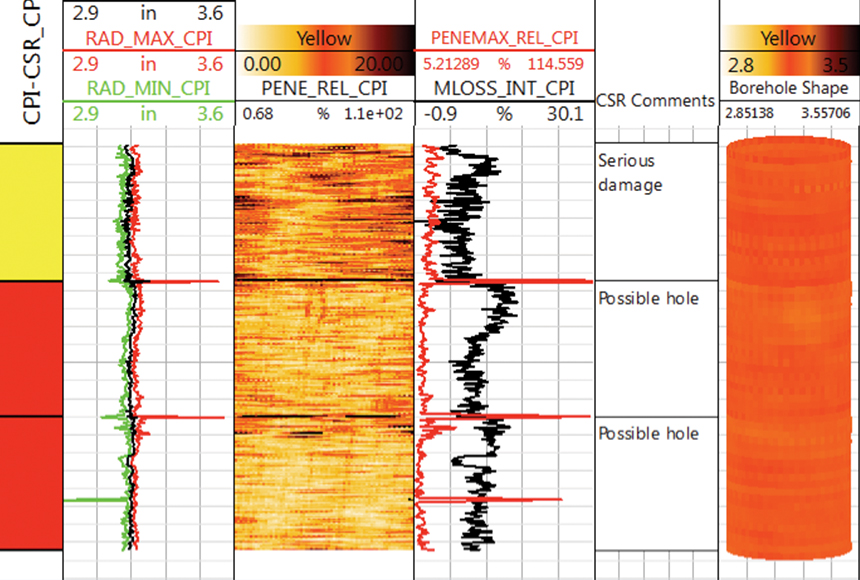


The method is still in an experimental stage and is not being used for any current vaccinations, including Covid-19 vaccines.Įvery year, a lack of vaccination leads to about 1.5 million preventable deaths, primarily in developing nations. Many vaccines require multiple doses spaced out at certain intervals without accurate records, people may not receive all of the necessary doses. (In Microsoft Excel, choose the "XY (scatter)" chart type, and then choose a sub-type that does not draw a line.Editor’s note: This article has been updated to clarify that this research was developed to help avoid preventable deaths in parts of the world where paper or digital systems for storing patients’ vaccination records aren’t available. (In Microsoft Excel, choose the "XY (scatter)" chart type, and then choose a sub-type that does draw a line.)Ī scatter plot might be the proper graph if you're trying to show how two variables may be related to one another. Then choose the "XY (scatter)" chart type, with a sub-type that draws a line.)Īn xy-line graph shows the relationship between your dependent and independent variables when both are numerical and the dependent variable is a function of the independent variable.
#CAN TECHLOG BE USED TO INTERPRET IMAGE DATA SERIES#
To generate a time series plot with your choice of x-axis units, make a separate data column that contains those units next to your dependent variable. By default, Excel simply puts a count on the x-axis. (In Microsoft Excel, the "line graph" chart type generates a time series. (In Microsoft Excel, generate bar graphs by choosing chart types "Column" or "Bar.")Ī time-series plot can be used if your dependent variable is numerical and your independent variable is time. It also may be a good choice if your independent variable is not numerical. These are just a few of the possible types of graphs:Ī bar graph might be appropriate for comparing different trials or different experimental groups. After around 5 hours the Panasonic battery is drained completely while the Energizer and Duracell batteries drain at a very similar rate, lasting for 9-10 hours.ĭifferent types of graphs are appropriate for different experiments. All batteries start at 1.6 volts and slowly decrease. A key to the right of the graph shows Duracell represented by a red line, Energizer represented by a green line and Panasonic represented by a blue line. The example line graph shows three different brands of batteries in color coded lines and measures the voltage remaining as the battery is used over time. If you have more than one set of data, show each series in a different color or symbol and include a legend with clear labels.Be sure to label the axes of your graph- don't forget to include the units of measurement (grams, centimeters, liters, etc.).Generally, you should place your independent variable on the x-axis of your graph and the dependent variable on the y-axis.In fact, most good science fair projects have at least one graph. Graphs are often an excellent way to display your results. All of the units for a measurement should be of the same scale- (keep L with L and mL with mL, do not mix L with mL!) Pay careful attention because you may need to convert some of your units to do your calculation correctly.Use calculations from known formulas that describe the relationships you are testing.Do you want to calculate the average for each group of trials, or summarize the results in some other way such as ratios, percentages, or error and significance for really advanced students? Or, is it better to display your data as individual data points?ĭo any calculations that are necessary for you to analyze and understand the data from your experiment. You should have performed multiple trials of your experiment. Be sure to label the rows and columns-do not forget to include the units of measurement (grams, centimeters, liters, etc.). A spreadsheet program such as Microsoft Excel may be a good way to perform such calculations, and then later the spreadsheet can be used to display the results. Often, you will need to perform calculations on your raw data in order to get the results from which you will generate a conclusion. Really think about what you have discovered and use your data to help you explain why you think certain things happened. Did you get the results you had expected? What did you find out from your experiment? Use charts and graphs to help you analyze the data and patterns. Take some time to carefully review all of the data you have collected from your experiment.


 0 kommentar(er)
0 kommentar(er)
